Auckland gallery wins World Building of the Year

New Zealand’s Auckland Art Gallery Toi o Tamaki is the ‘World Building of the Year’
Designed by Francis-Jones Morehen Thorp and Archimedia, the new Auckland Art Gallery Toi o Tamaki is an extensive public project that includes the restoration and adaption of heritage buildings; a new building extension which more than doubles the public exhibition areas; extensive basement storage and support areas; and the redesign of adjacent areas of Albert Park.
The design creates an openness and transparency to allow views through, into and out of the gallery circulation and display spaces into the green landscape of Albert Park.
Commending the winning project on behalf of the AkzoNobel-sponsored festival’s jury, Paul Finch, WAF Programme Director, said “The winning project transcended category types. You could say it is about new and old, or civic and community, or display. It contrasts the manmade and the natural, and the relationship between art and science. This is a major design achievement in a seismic zone, providing an example of design pragmatism and a carful reworking which does no more than it needs to until it is required...”
During the WAF 2013 earlier this October, the project was selected by the festival’s jury, having first beaten off competition from 12 shortlisted entries in the Culture category, before triumphing over the festival’s other 16 category winners.
The sixth edition of the World Architecture Festival welcomed over 2,100 architects and designers from 68 countries attending for three days of speeches, presentations and exhibitions.
Projects entered in this year’s festival awards, against a challenging economic climate, reflected the festival’s theme of ‘Value and Values’ demonstrating the core factors that inform the relationship between perceptions of financial value and the values that architects typically hold regarding their work.
This year’s jury was chaired by Ken Tadashi Oshima of the University of Washington. The esteemed international judging panel also included Ken Yeang - Llewelyn Davies Yeang; Patrick Bellew - Atelier Ten; Jeanne Gang - Studio Gang Architects and Dietmar Eberle - Baumschlager Eberle.
Previous winners of the World Building of the Year Award include Luigi Bocconi University, Milan, designed by Grafton Architects (2008); Mapungubwe Interpretation Centre, South Africa, designed by Peter Rich Architects of Johannesburg (2009); MAXXI (National Museum of the 21st Century Arts) in Rome, designed by Zaha Hadid Architects (2010); Media TIC, Barcelona, designed by Cloud 9 Architects (2011); Gardens By The Bay, Singapore, designed by Wilkinson Eyre, Grant Associates, Atelier One and Atelier Ten (2012).
The World Architecture Festival will return to the Marina Bay Sands in Singapore between 1st-3rd October 2014. Entries for the WAF Awards 2014 will open in February 2014.
AkzoNobel: teal is the colour of 2014
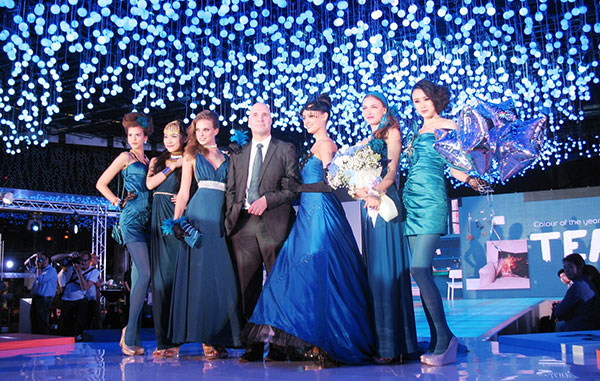
During the WAF 2013, event sponsor AkzoNobel unveiled teal as the Colour of the Year 2014. The Colour of the Year was chosen by a panel of international colour experts assembled by AkzoNobel’s Global Aesthetic Center. These experts had arrived at their decision after distilling and discussing trend and colour concepts that made waves over the past year.
The theme for 2014 is “Unlocking Potential”, where AkzoNobel encourages the world to harness and explore the potential found in everyday spaces, in homes, offices, schools and even factories, said Jeremy Rowe, managing director, AkzoNobel Decorative Paints for South East Asia and Pacific.
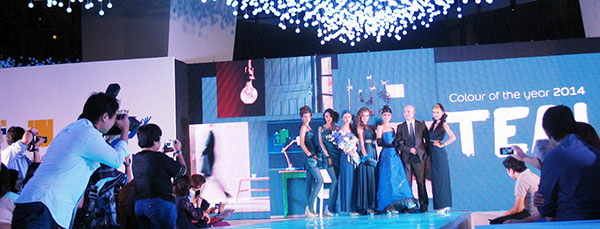
Teal was chosen as the Colour of 2014 as it is the amalgamation of blue and green, he added. Sitting somewhere between these two colours, it represents balance as well as sophistication, tranquility and versatility.
Asked about the trend for this colour in Vietnam, Rowe said Hanoi and Ho Chi Minh City would soon see it in buildings, homes, offices, schools, clothes, fashion shows and some devices.
He elaborated, “Colours are everywhere and they influence the way we feel and behave. As the global colour authority, AkzoNobel introduced programme ColourFutures to understand and anticipate what the trends in the future are and to map them to a colour for people around the world to incorporate into their lives in the next year.”
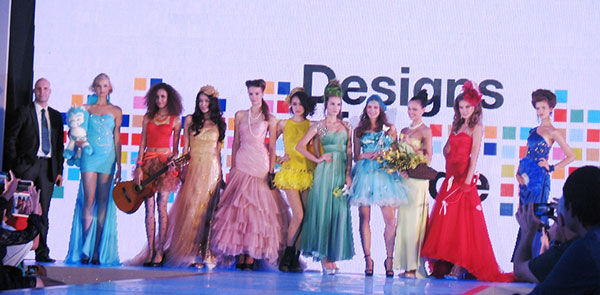
AkzoNobel launched ColourFutures in the hope of inspiring the world to add a spectrum of colours and shades into their lives, and 2013 marked a decade of its existence.
Rowe said, “As we look back on the decade and reflect on how colours have shaped our lives, it is important for us to look ahead and develop even more vibrant colour palettes for the world in the next 10 years. It is our hope that ColourFutures can continue to serve as inspiration for people as they live their lives at work, home and play.”
Some award winners
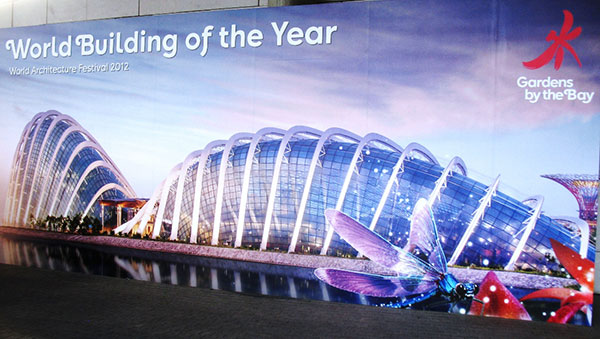
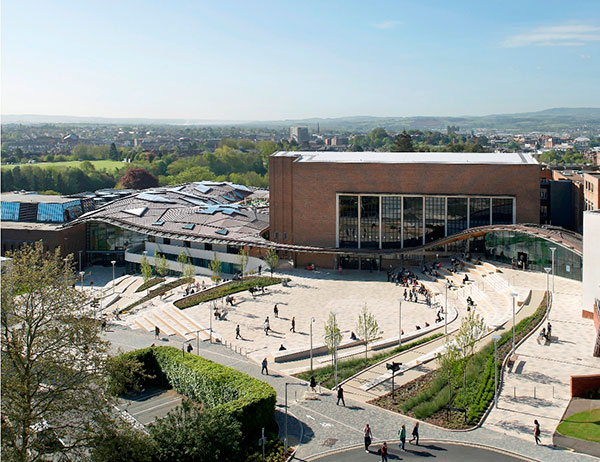
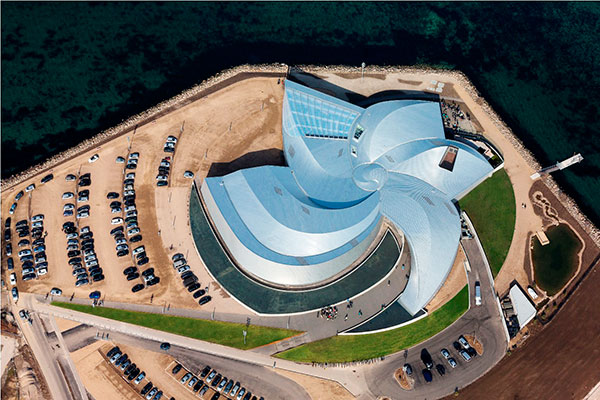
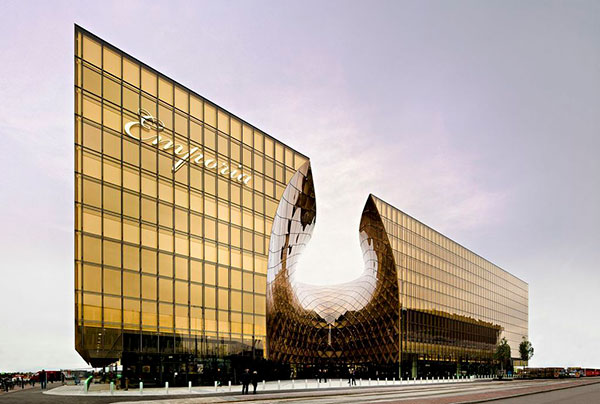
What the stars mean:
★ Poor ★ ★ Promising ★★★ Good ★★★★ Very good ★★★★★ Exceptional
Latest News
More News
- First members of Danang International Finance Centre revealed (December 22, 2025 | 17:39)
- Human-centred governance seen as key to AI development (December 19, 2025 | 18:19)
- Top 10 notable events of Vietnam’s industry and trade sector in 2025 (December 19, 2025 | 14:00)
- Tungsten surges to 12-year high as world enters a new 'black gold' race (December 18, 2025 | 17:27)
- Vietnam’s coffee exports set new record despite price pressures (December 18, 2025 | 17:13)
- Garment and textile sector seeks new growth after volatile year (December 18, 2025 | 17:01)
- VinSpeed and Siemens strengthen cooperation for high-speed rail development (December 18, 2025 | 16:53)
- High-tech adoption for TH true MILK (December 18, 2025 | 13:39)
- Takeda supports health resilience amid climate change challenges (December 18, 2025 | 12:39)
- Mondelez Kinh Do - a chapter of purpose-led leadership in Vietnam (December 18, 2025 | 09:44)


















 Mobile Version
Mobile Version